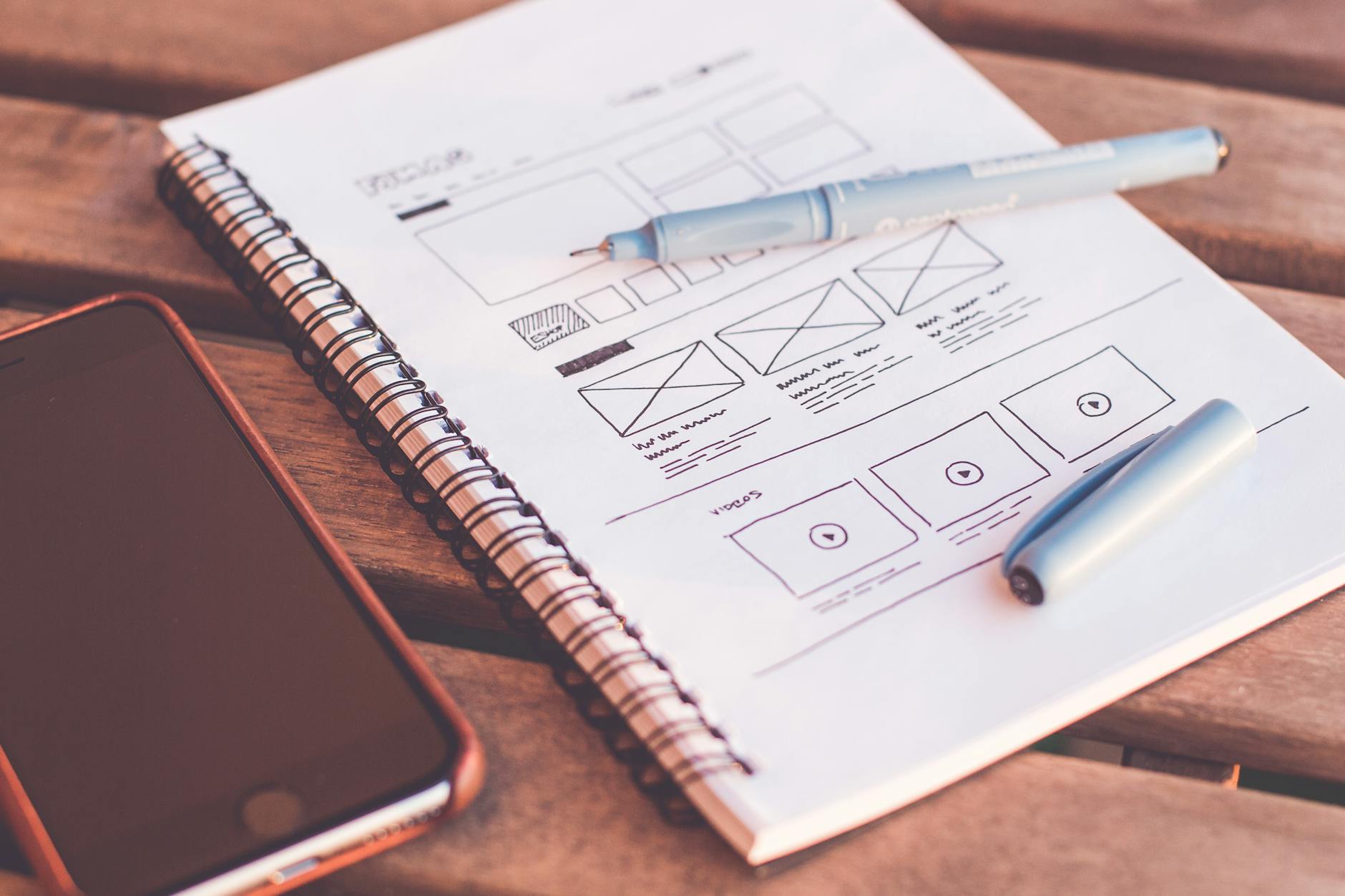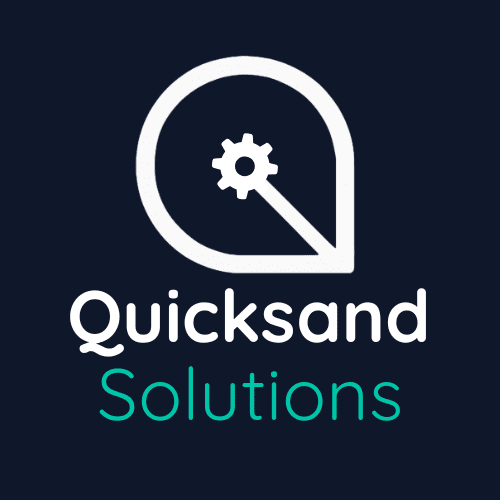Most service pages read like a brochure no one asked for. They sit there, explain a bit, list features, then quietly watch visitors leave.
You do not need a full redesign to fix that.
With simple service page UX optimization, you can turn your existing page into a clear path from “just browsing” to “book a call” or “request a quote.” The tweaks below work on WordPress, Webflow, Squarespace, and most builders you already use.
Let’s turn that quiet service page into your hardest working salesperson.
Why Your Service Page Is Not Converting Yet
The problem is rarely your service. It is how your page makes a stranger feel.
Common issues show up again and again:
- The headline talks about you, not their problem
- The call to action feels vague or risky
- The layout is cluttered, so people do not know where to look
- There is no proof that you can deliver what you claim
When a visitor lands on your page, they are asking three quick questions in their head:
- Am I in the right place?
- Can these people solve my problem?
- What should I do next?
Your UX has to answer all three in seconds.
Start With a Clear, Benefit-Driven Hero Section
The hero section (top of the page) is where most visitors decide to stay or bounce. Treat it like your elevator pitch.
Fix your headline
A weak headline talks about your company. A strong one speaks to a result.
Bad example:
“Full-Service Marketing Agency for Growing Brands”
Better example:
“Get More Qualified Leads From Your Website in 90 Days or Less”
Notice the shift. The second line promises a clear benefit and time frame.
Try this simple formula:
[Result] for [audience] without [big pain]
Examples:
- “Done-for-you email funnels for busy founders without hiring a full-time marketer”
- “Marketing Operations setup for growing SaaS teams without messy handoffs”
You can change this in minutes using your page builder. No dev needed.
Make your primary CTA clear and low friction
Your call to action should spell out the next step and how hard it is.
Weak CTAs:
- “Contact us”
- “Learn more”
Stronger CTAs:
- “Book a 15-minute intro call”
- “Get a free audit in 24 hours”
- “See pricing and next steps”
Place your main CTA button in the hero section, above the fold, and repeat the same wording later on the page. Keep one primary action, not three different ones that split attention.
Mini-tweaks you can do today:
- Change “Contact” to a benefit-focused label
- Add a short line under the button like “No sales pitch, just a quick fit check”
- Use a color that contrasts with your background so the button stands out
Simplify Layout So Visitors Know What To Do

Photo by picjumbo.com
Crowded layouts kill conversions. People scan, they do not read every line. You want your page to act like a guided tour, not a puzzle.
One primary goal per page
Pick one main goal for the page, such as:
- Book a call
- Request a quote
- Start a free trial
- Join a waitlist
Everything on the page should support that goal.
If you run a service business, “Book a call” or “Request a proposal” usually works best. You can still link to your blog or resources in the header, but do not let them compete with your main CTA.
Use visual hierarchy to guide the eye
Visual hierarchy is a fancy phrase for “make the important stuff big and easy to see.”
Quick layout tweaks:
- Use one main headline size, one subheading size, and one body text size
- Short sections with clear headings like “Who this is for” or “How it works”
- Plenty of white space between sections so the page feels calm, not cramped
- Bullet points for key benefits, not for whole paragraphs
If you use WordPress, this is mostly heading styles (H1, H2, H3) and spacing controls. In Webflow or Squarespace, stick to one simple section pattern and repeat it down the page. Consistency builds trust.
Add Trust Signals Where Visitors Hesitate
Visitors tend to hesitate at two moments: when they first arrive and right before they click.
You can smooth both moments with trust signals.
Smart places to add proof:
- Under your hero section, add “Trusted by” logos or a short client quote
- Near each CTA button, add a one-line reassurance
- Before your final CTA, add 1 or 2 short case snapshots
Simple reassurance lines:
- “No credit card required”
- “Cancel anytime”
- “We reply within one business day”
You do not need full case study pages. You can use short blurbs instead:
“Helped a local HVAC company grow inbound calls by 38% in 3 months with a simple booking funnel.”
You can also add a short FAQ under your final CTA that answers key fears:
- How long does it take to get started?
- What happens after I book a call?
- Is there a contract?
Each answer should be 2 or 3 sentences, plain and direct.
Make Your Copy Feel Like a Conversation
If your service page sounds like a legal document, people will tune out. Aim for simple, direct language, as if you are explaining your service to a smart friend.
Write “you” more than “we”
Check your current page. Count how many times you say “we” versus “you.”
Try to shift sentences:
- From: “We offer comprehensive Marketing Operations services”
- To: “You get clean, connected Marketing Operations so your team stops copying data between tools.”
Focus on outcomes, not tasks
People do not buy “SEO audits” or “workflow automation.” They buy outcomes.
Translate your features into outcomes:
- “We set up automation across your tools”
to
“You stop losing leads because someone forgot to move them from form to CRM.” - “We manage your WordPress hosting”
to
“Your site stays fast and secure without late-night plugin stress.”
A simple trick: after each feature, add “so you can…” and finish the sentence.
Use Light Personalization and AI in Marketing To Support UX
You do not need heavy code to make your page feel smarter. A bit of AI in Marketing can improve UX, especially when paired with good structure.
Simple, no-code friendly ideas:
- Use a chatbot to answer common pre-sales questions, then link to your main CTA
- Use AI to suggest the right service tier based on a few quick questions in a form
- Generate dynamic FAQs from real support questions, then polish them by hand
These changes still sit inside your existing UX. They respect your main flow instead of distracting from it.
Behind the scenes, solid Marketing Operations will keep the data flowing from your forms and chat tools into your CRM or email platform. That way, leads from your improved service page never fall through the cracks.
Quick Service Page UX Optimization Checklist
Here is a short checklist you can use while editing your current page:
- Hero headline speaks to a clear result, not just your service name
- One main CTA with benefit-focused wording, repeated 2 to 4 times on the page
- Layout uses clear headings and enough white space for easy scanning
- Trust signals (logos, quotes, micro-case studies) near key decision points
- FAQ section that handles top 3 to 5 objections
- Copy uses “you” more than “we” and focuses on outcomes
- Page loads fast on mobile and the CTA button is easy to tap
You can implement most of this in a single working session in WordPress, Webflow, or Squarespace.
7-Step Action Plan To Turn Your Service Page Into A Lead Machine
Use this as your ready-to-go action plan:
- Rewrite your hero section
Update the headline using the “[result] for [audience] without [pain]” pattern and set a clear primary CTA button. - Clean up your layout
Remove any extra buttons that fight with your main goal. Standardize your heading sizes and add space between sections. - Add fast trust proof
Drop 3 to 5 client logos or one strong testimonial under the hero. Add a short “What clients say” snippet near the middle. - Translate features into outcomes
Rewrite each service bullet so it ends with a clear benefit that starts with “so you can…” - Place CTAs with intent
Add a CTA after the hero, after your “How it works” section, and after your proof section. Keep the wording the same each time. - Answer objections before they arise
Add a short FAQ above the final CTA with answers about time, cost, and commitment. - Connect UX to your stack
Make sure every form or booking widget feeds into your CRM or email tool so your Marketing Operations can follow up quickly and track results.
Work through these steps in order. You will see your service page shift from “online brochure” to “clear path to contact.”
A simple page that answers key questions, builds trust, and points to one clear next step will always beat a fancy design that confuses people. Start with one UX pass on your current service page, apply the tweaks above, and watch how much more often visitors turn into real leads.
